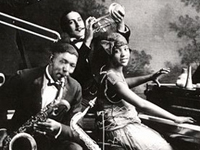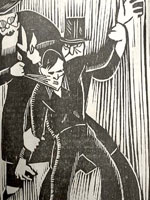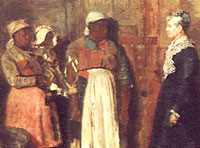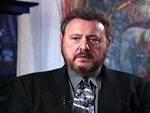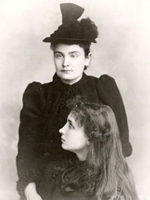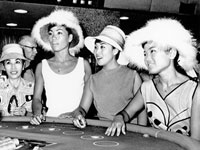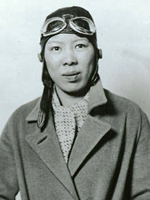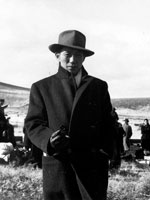Bill of Rights Institute
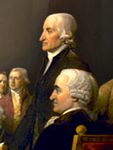
The Constitution is a classroom (and U.S. ideological) staple. As the platform from which U.S. history shapes itself, it is crucial that your students understand the Founding Fathers and their documents. The Bill of Rights Institute exists to help educators present this material.
The website brings together a variety of resources from introductions to and copies of primary source documents to a wide selection of resources specifically for educators. The latter includes Constitution Day resources such as an interactive game on living without the Bill of Rights, another that provides interesting background information on all of America's infamous founding figures, and an essay contest. Browsing through the educator resources also brings to light lesson plans, Bill of Rights-related current news articles which have been selected for classroom appropriateness, information on 24 of the Founding Fathers, summaries of major Supreme Court cases, and the ability to search the site by choosing a major topic such as "criminal procedure."
The student resources are largely the same as the Constitution Day resources, although links are provided to a number of relevant videos and an "Americapedia," which identifies and describes civic values, portions of the Constitution, major political documents, major Supreme Court Cases, and names to know.
Educators may also be interested in seminars and webinars. Two previous webinars are available online.

